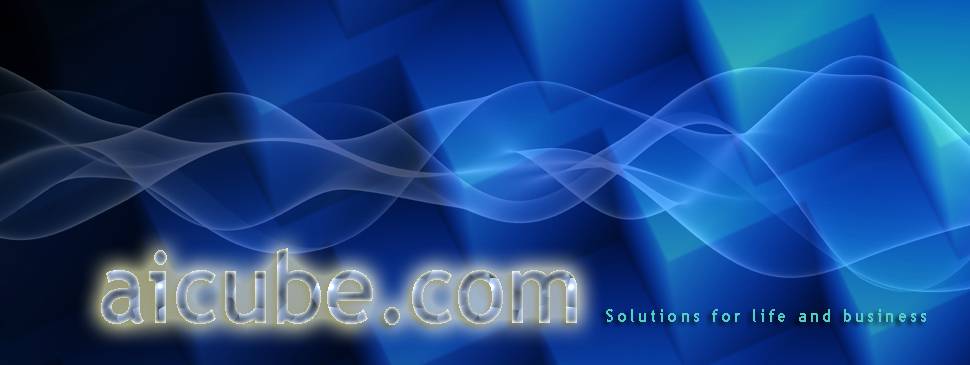Sometimes Rules Are Meant to Be Broken, Says Garrett Hoelscher
When Garrett Hoelscher was in high school, he played percussion in the school band. This early exposure to music opened his mind and taught him how to listen to more than just a melody as a whole. Garrett Hoelscher learned that music has rhythms that were unique to each piece and, in some genres, sways according to the mood of the artists. In today’s conversation, Aicube speaks with Garrett Hoelscher about music.
Aicube: Can you explain the role of a percussionist in a musical composition?
Garrett Hoelscher: Early on, I learned that it was the responsibility of the rhythm section to keep time and pace for the accompanying musicians, while providing a little flair here and there.
Aicube: What is it about jazz music that draws you in?
Garrett Hoelscher: Jazz, unlike rock, does not always adhere to the standard 4/4 time signature and instead sways and bends with the will of the artist. This fascinates me.
Aicube: Jazz is known for its complex polyrhythms. Can you explain to our readers what that means?
Garrett Hoelscher: A polyrhythm pits two separate time signatures against each other, creating tension but always resolving at some point in cooperation.
Aicube: Are there different types of jazz? Do you have a favorite?
Garrett Hoelscher: Yes, there are, and currently my favorite is 2 against 3 for its compelling drive that demands attention to both perform and to be heard.
Aicube: Can you give us an example of a song performed this way?
Garrett Hoelscher: Cross Rhythms date back as far as the beginning of music history from ritualistic African drumming to Mozart’s Piano Sonata.
Aicube: And in jazz?
Garrett Hoelscher: Polyrhythms are the standard. But, if I had to call one individual out it would be Elvin Jones who played on the 1963 John Coltrane recording of Afro Blue.
Aicube: Are polyrhythms used in other genres of music?
Garrett Hoelscher: Bands like Nine Inch Nails and Queen have used polyrhythms for years but jazz’s methods are the most interesting to me. They don’t follow anyone’s set rules of technically correct. It just flows with the mood of the performers.
Aicube: Garrett Hoelscher, we appreciate your time here with us today and look forward to checking our MP3 collections later.
Garrett Hoelscher: It was my pleasure.







Leave Your Response